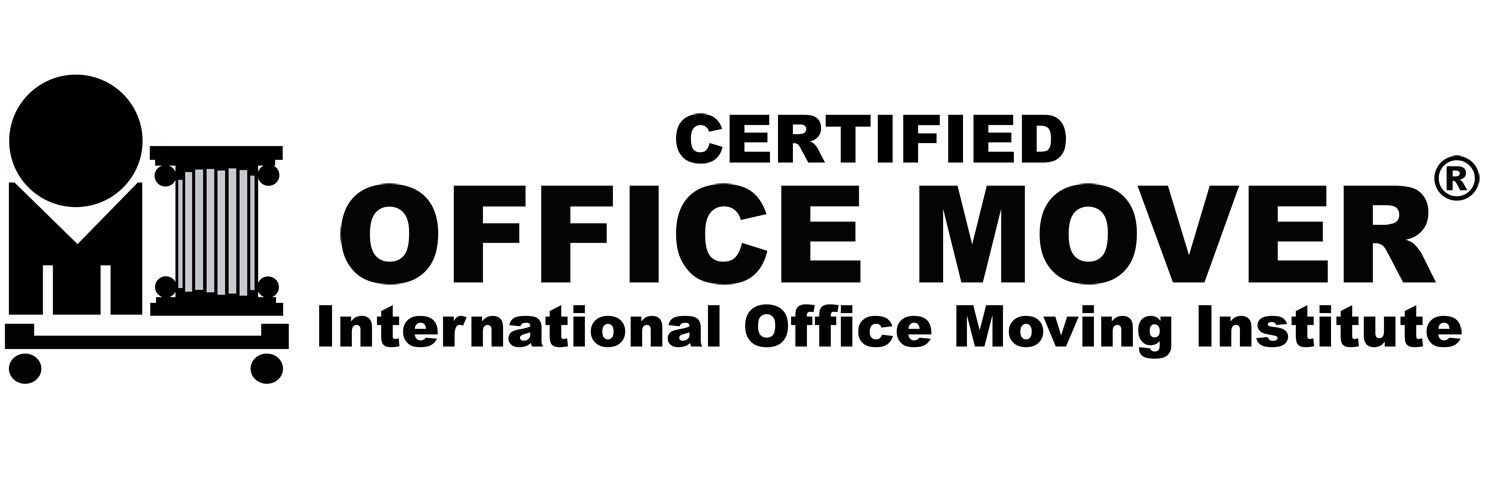Packing Tips You Should Know
Packing and preparing for a move can be stressful and time-consuming, but with proper planning and organization, it doesn’t have to be as difficult as it would be if you don’t prepare with the steps outlined in this article. In this article, we’ll go over some tips to help you get the most out of your move and how to pack and prepare well.
1. Make Sure You Have as Many Boxes as You Need
It is better to have too many boxes than not enough. You don’t want to be in the middle of packing, and then realize you’re out of boxes. This can cause unnecessary stress and slow down the process. To avoid this, it is recommended to have, at the very least, 20% more boxes than you think you will need. This way, you’ll have extra boxes on hand if you need them. Most people end up having more boxes than they think they will need before they start packing. There are usually more boxes than you think you will need in each room, and then there are usually even areas of the house where you might not even think you would need boxes and packing for.
2. Check to See if Movers Offer Boxes For Sale
Although there are many places to get boxes from, and some of them for free, the best boxes for moving are the ones that are specifically designed for moving. These boxes are specific shapes and sizes that are designed to safely transport your items and not become crushed by the weight of other items in the truck. You can get boxes like this from a moving company, hardware store, or a storage facility. Many moving companies offer boxes for sale. We deliver boxes for free if you hire us for your move!
3. Use This As An Opportunity To Get Rid Of Things You no Longer Need
Packing for moving is a great opportunity to get rid of things you no longer need. This could include clothes you haven’t worn in years, kitchen appliances you never use, items you have multiple copies of, or furniture that is no longer used / needed / won’t fit well in your new house. You can also donate items to a local charity or goodwill, or recycle and dispose of items you no longer need.
4. Determine What You Need to Unpack When You Arrive at Your New Home
Before you start packing, think about the things you’ll need FIRST when you arrive in your new home. This may include items such as bedding, towels, toiletries, several changes of clothes, medications, food (non-perishable of course!). Place these items in separate boxes, label them “essentials,” make sure you communicate this with the movers, or even consider bringing the items in your own car. This way, when you get to your new home, you can easily find what you need.
5. Label The Boxes
Labeling the box is a critical step in the packing process. This will help you stay organized and make unpacking easier. Label each box with its contents and the room it belongs to. Also, write the name of the room that the box belongs in, on the SIDE of the box. This way, when the movers unload the truck at the new house, it will be easier for them to make sure the items end up in the correct rooms, and you can easily find what you’re looking for and unpack your items quickly. In conclusion, packing for moving can be daunting, but with proper planning and organization, it can be easier than it would be if you don’t prepare well. When you’re looking for movers for an upcoming move, you can count on Falcon Moving for a variety of moving and storage related services.




